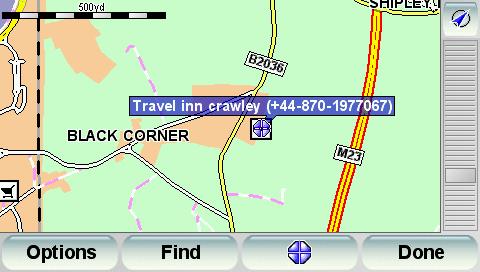

These changes can be identified in a number ways, for instance the historic community probe data can show that traffic stops going down a particular road, or that the traffic flow only goes in one direction.
#Tomtom home mapshare verification
This verification process is essential when a TomTom Mapping Van has not visited the area or if changes have taken place after the visit by the van. TomTom have built a community of specialists to visit local locations and using a data input application can contribute changes to the map data. TomTom are able to identify areas that need information confirmed by a real person. The Guided Community works in a similar manner to our Speed Camera Verification process. The next weapon in TomTom's community arsenal is what they call Guided Communities. I am getting ahead of myself here though as this is covered in the next article IQ Routes. It does not, however, end there: the data also provides information about road speeds and the time of day so the average traffic flow can be determined. Without sending a mapping van out TomTom have a very good overall view of the road network. Although this is historic information it is still very valuable to the map makers. So from this you can clearly see the value of the community input. The alps are showing white because there are only a few villages and passes over the mountains. The reasons for this are that some people leave their devices switched on on the ferry, and they also use them in places where there were not TomTom map products. There are some oddities here: lines between Dover and Calais and in other seas and big expanses of white in Eastern Europe and some other areas. You can clearly see the map of Europe marked out. To put that into context the image below shows what these data look like when drawn together. This data can be regarded as historic community probe data as opposed to active probe data (which will be covered in the section on HD Traffic). Don't worry, the data that is sent to TomTom is made anonymous so cannot be used to trace you. This has resulted over the years in TomTom 5,000 billion (yep that is 5,000,000,000,000) items of trip data. What they didn't realise was that each time they docked the TomTom SatNav they sent TomTom details of their trips. Most people didn't realise exactly what they were contributing they just accepted the TomTom T&Cs and started driving.

Way back in 2005 TomTom started using their installed user base to generate community information.

It encompasses all user generated information gathered in a number of different ways. This is far more than the map corrections available on some TomTom systems.

MapShare is the term used by TomTom to define community sourced data. I am pleased to say that those days are long gone, and hopefully this article will help to put aside some of those old prejudices and get some of the nay sayers to take a second look at MapShare.įirstly let me try to define MapShare. Some people still remember the very early implementation of MapShare where the changes were not verified and the resulting map changes were fatally flawed. When most people hear the phrase "MapShare community" they think just of the changes that can be made to the TomTom map in a SatNav. This article looks at the TomTom MapShare community led added value to the base map.
#Tomtom home mapshare series
This is the second in a series of articles that examines the intricacies of creating and maintaining digital maps by TomTom.


 0 kommentar(er)
0 kommentar(er)
